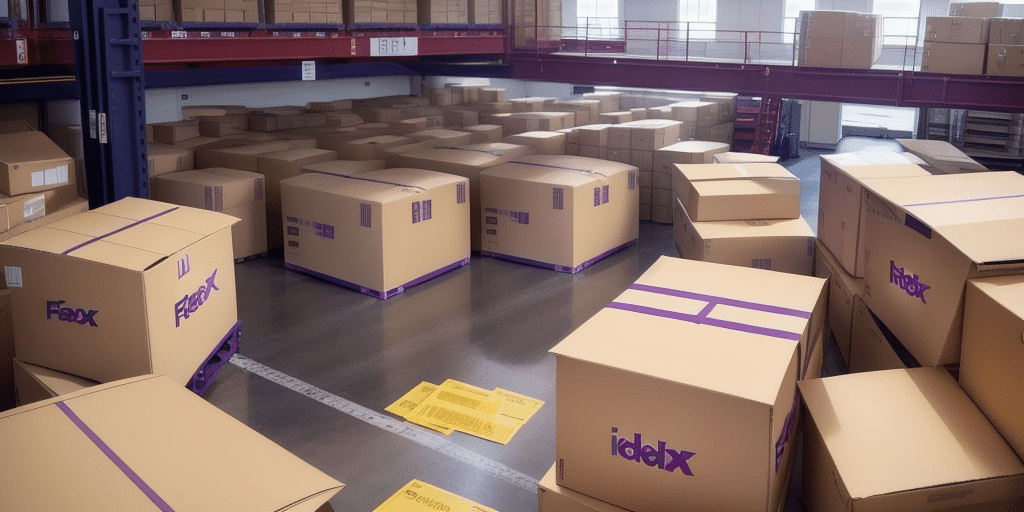Improving Customer Experience Through In-house Operations
Providing an excellent customer experience is crucial for business success. While many companies focus on customer service as the primary strategy, enhancing in-house operations offers a highly effective, yet often overlooked, approach. By streamlining processes, improving communication, and fostering a customer-centric culture, businesses can significantly boost customer satisfaction and loyalty. This article delves into the importance of in-house operations for customer experience, the benefits they offer, and actionable strategies to enhance them.
Why In-house Operations Matter for Customer Experience
Customer experience extends beyond customer service to encompass all internal processes, policies, and procedures that support product and service delivery. Efficient in-house operations ensure customers receive accurate information, timely responses, and seamless transactions. In contrast, disorganized operations can lead to delays, errors, and frustrations that negatively impact the customer journey.
One significant advantage of robust in-house operations is cost savings. Streamlined processes reduce the need for additional staff or resources to manage customer inquiries and complaints, allowing companies to lower costs and offer competitive pricing or better value to customers.
Furthermore, strong in-house operations enable businesses to adapt swiftly to changing customer needs and preferences. By understanding customer behavior and trends, companies can adjust their operations to introduce new products or services and enhance communication, leading to more personalized and satisfying customer interactions.
The Benefits of In-house Operations on Customer Satisfaction
Investing in in-house operations yields numerous benefits that enhance customer satisfaction:
- Employee Training and Development: Enhancing employee skills leads to more knowledgeable and confident staff capable of handling customer inquiries effectively.
- Improved Communication: Better collaboration between departments minimizes mistakes and misunderstandings, ensuring a smoother customer experience.
- Quality Control: Dedicated teams maintaining high standards ensure consistent and reliable products and services, fostering customer loyalty.
- Faster Response Times: Efficient operations allow for quicker resolutions to customer issues, enhancing overall satisfaction.
How to Assess Your Current In-house Operations and Identify Opportunities for Improvement
Before enhancing in-house operations, it's essential to assess the current state:
- Conduct an Operations Audit: Examine policies, procedures, and workflows to ensure they align with customer experience goals.
- Gather Feedback: Collect input from both employees and customers to identify pain points and areas needing improvement.
- Evaluate Technology: Assess whether current technologies are outdated or inefficient and consider upgrades to boost productivity.
- Assess Employee Skills: Determine if employees have the necessary skills and knowledge, and provide ongoing training and development opportunities.
Implementing these assessment strategies helps businesses identify specific areas for improvement and develop targeted plans to enhance their operations.
Implementing Effective Practices for In-house Operations to Enhance Customer Experience
After identifying areas for improvement, businesses can implement the following strategies:
- Root Cause Analysis: Address recurring issues by identifying and eliminating their root causes.
- Employee Training Programs: Invest in training to equip employees with the skills needed to excel in their roles.
- Process Automation: Use automation to streamline repetitive tasks, reducing errors and increasing efficiency.
- Foster a Customer-centric Culture: Encourage a workplace environment that prioritizes customer needs and values feedback.
Regularly evaluating the effectiveness of these strategies through performance reviews, customer feedback surveys, and data analysis ensures continuous improvement and sustained customer satisfaction.
Examples of Top Brands that Have Successfully Leveraged In-house Operations for Improved Customer Experience
Several leading brands have effectively utilized in-house operations to enhance customer experience:
- Zappos: Known for exceptional customer service, Zappos invests heavily in employee training and maintains a customer-centric culture that permeates every aspect of the business.
- Amazon: Amazon's streamlined operations facilitate fast and accurate product deliveries and a seamless return process, significantly boosting customer satisfaction.
- Apple: With a vertically integrated supply chain, Apple controls every production aspect, ensuring high-quality products. Its retail stores offer personalized customer service, enhancing the overall customer experience.
These companies demonstrate how prioritizing in-house operations leads to superior customer satisfaction and loyalty.
Tips for Building a Strong, Customer-centric Culture within Your Organization
Creating a customer-centric culture involves:
- Fostering Open Communication: Encourage collaboration and transparency across all departments.
- Providing Ongoing Training: Continuously develop employee skills to better serve customers.
- Empowering Employees: Allow employees the autonomy to make decisions that enhance customer experience.
- Leading by Example: Demonstrate empathy and genuine concern for customer needs from the top down.
Additionally, regularly collecting and acting on customer feedback through surveys and direct communication shows a commitment to meeting customer needs. Recognizing and rewarding employees who excel in customer service reinforces the importance of a customer-centric approach.
Measuring the Success of Your In-house Operations on Customer Experience
To evaluate the effectiveness of in-house operations, consider the following metrics:
- Customer Satisfaction Scores (CSAT): Measure overall customer contentment with products or services.
- Customer Retention Rates: Track the percentage of customers who continue to do business with you over time.
- Customer Lifetime Value (CLV): Calculate the total revenue a business can expect from a single customer account.
- Net Promoter Score (NPS): Assess customers' likelihood to recommend your business to others, providing insight into overall satisfaction and loyalty.
Utilizing these metrics, along with qualitative feedback from customers and employees, allows businesses to identify strengths and areas for improvement, ensuring ongoing enhancement of customer experience.
Common Pitfalls to Avoid When Implementing In-house Operations Strategies
While enhancing in-house operations is beneficial, avoiding common mistakes is crucial:
- Treating Operations as an Afterthought: Recognize operations as a vital component of customer experience from the outset.
- Neglecting Continuous Improvement: Avoid complacency by regularly reviewing and updating operations strategies.
- Poor Communication Between Departments: Ensure all departments are aligned and informed of operational changes to maintain efficiency.
By staying focused on goals, remaining agile, and fostering a culture of continuous improvement, businesses can effectively implement in-house operations strategies without falling into common pitfalls.
Future Trends in In-house Operations and Their Impact on Customer Experience
Looking ahead, several trends will shape the role of in-house operations in customer experience:
- Automation and Artificial Intelligence: Increased use of AI to streamline processes and provide personalized customer interactions.
- Data Analytics: Leveraging data to identify improvement opportunities and predict customer needs.
- Enhanced Customer-centric Cultures: Continued focus on creating environments where customer needs drive decision-making.
Embracing these trends will enable businesses to deliver exceptional customer experiences, maintaining competitiveness in a rapidly evolving market.
In conclusion, investing in in-house operations is a strategic approach to enhancing customer experience. By prioritizing employee training, improving communication, and fostering a customer-centric culture, companies can achieve sustained improvement and success. Additionally, staying abreast of emerging trends like automation and data analytics will further empower businesses to meet and exceed customer expectations, ensuring long-term loyalty and growth.
One emerging trend to watch is the increasing importance of personalization in customer experience. Utilizing data analytics, companies can tailor products and services to individual customer preferences, offering personalized recommendations, customized marketing messages, and even dynamic pricing models. This level of personalization not only strengthens customer relationships but also enhances loyalty and satisfaction, positioning businesses for continued success in a customer-driven marketplace.




















